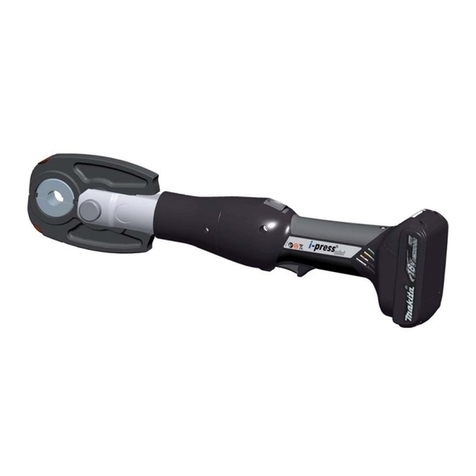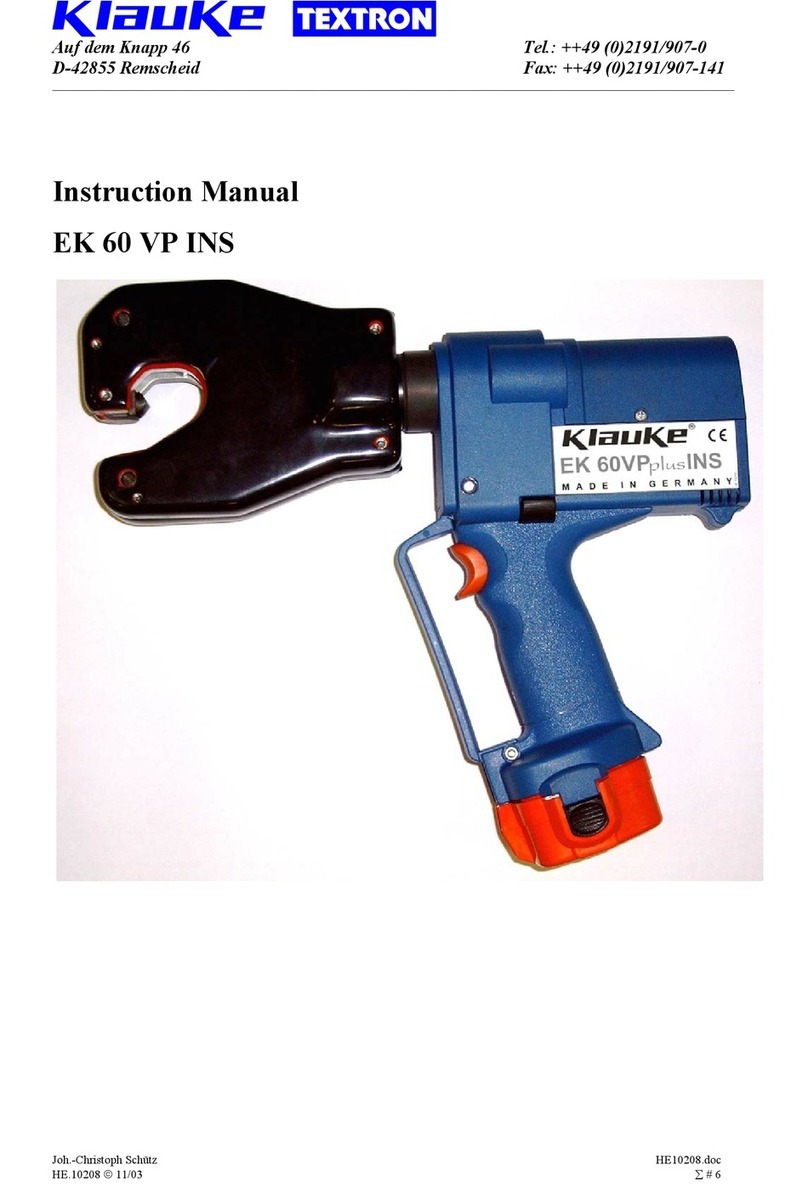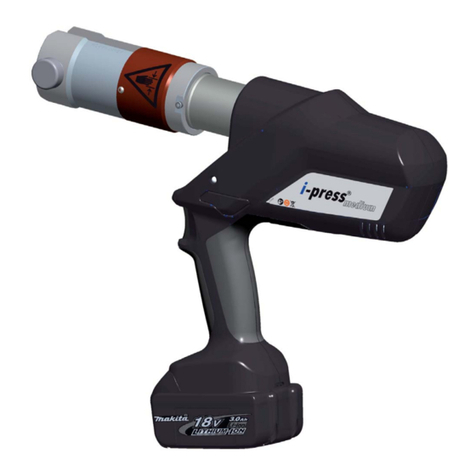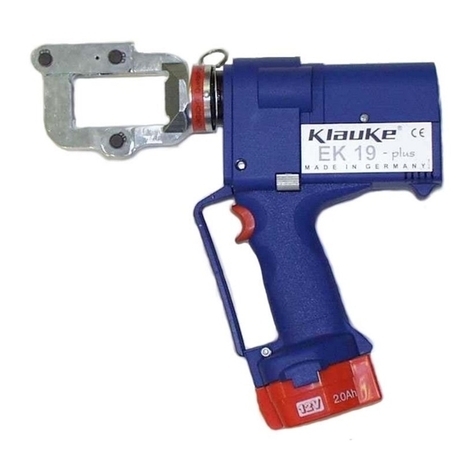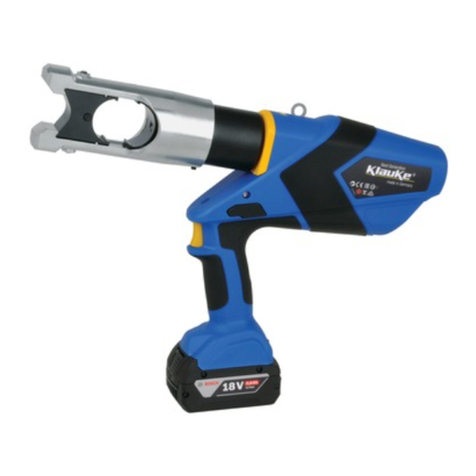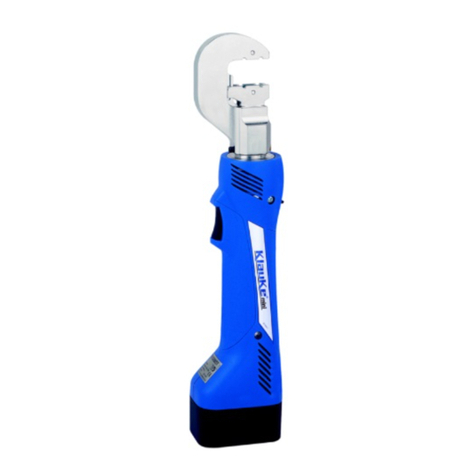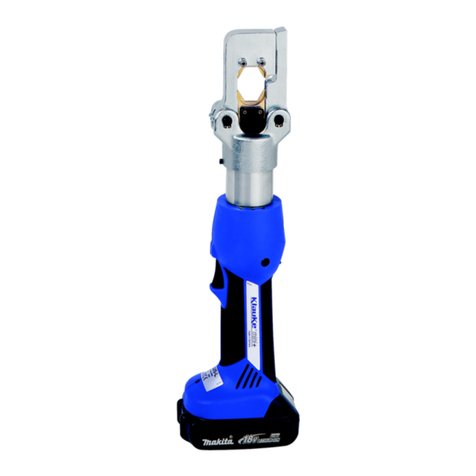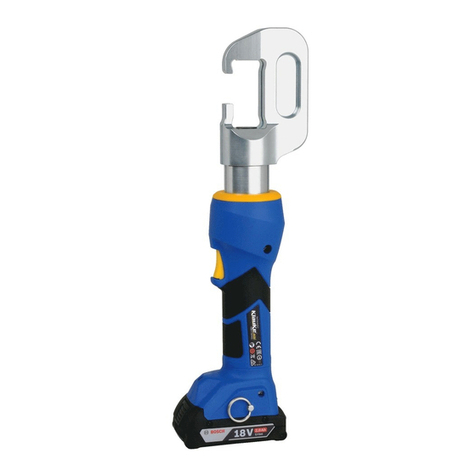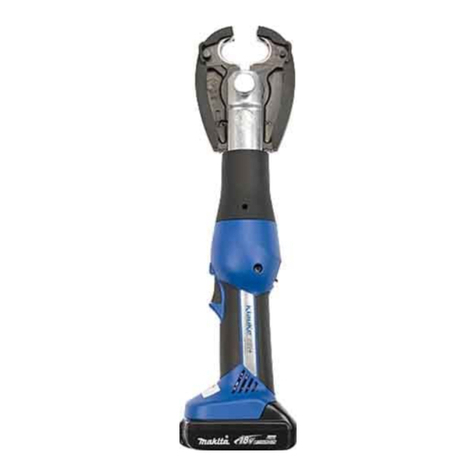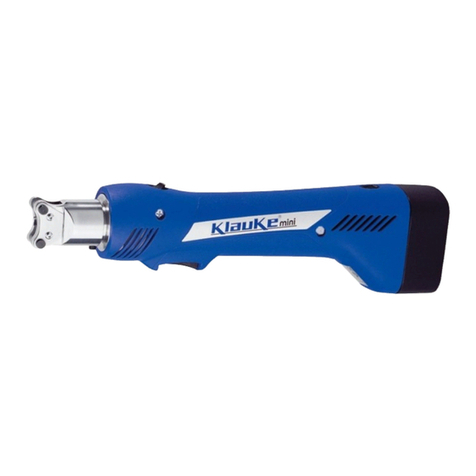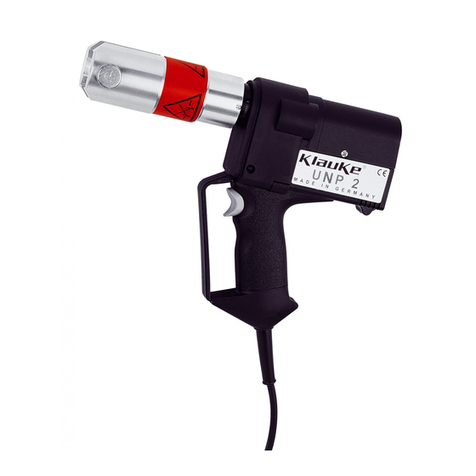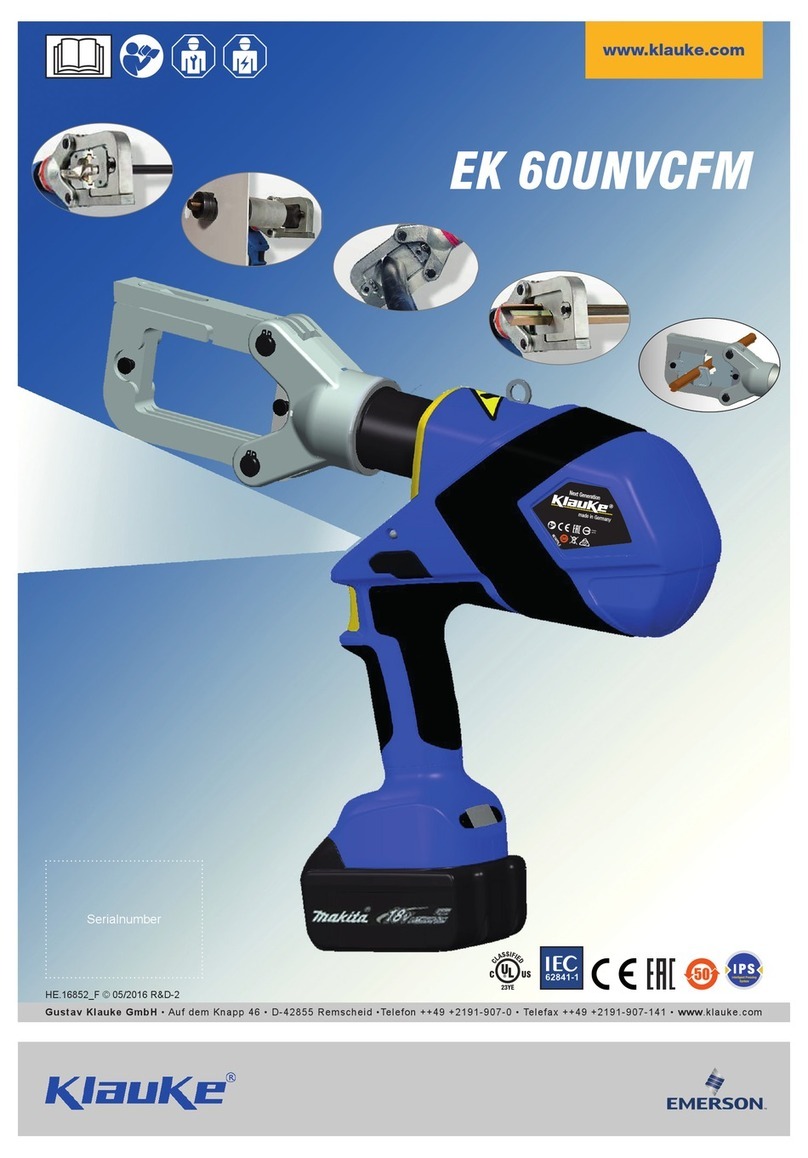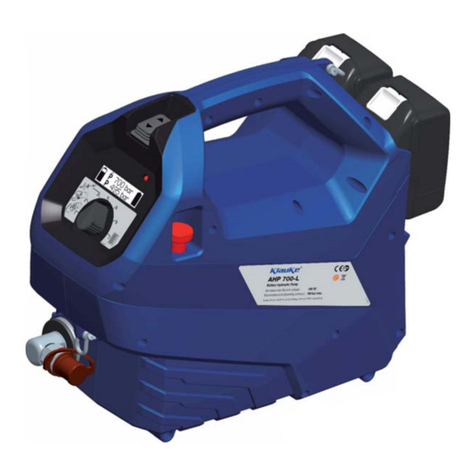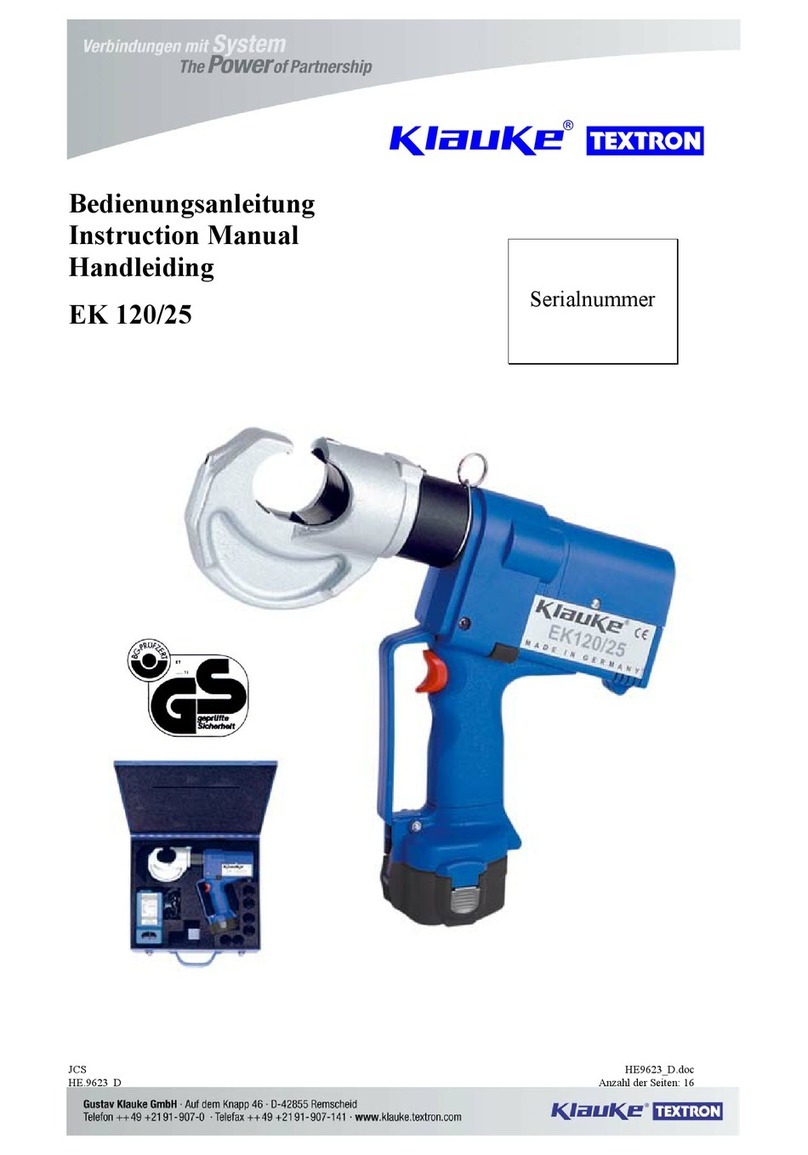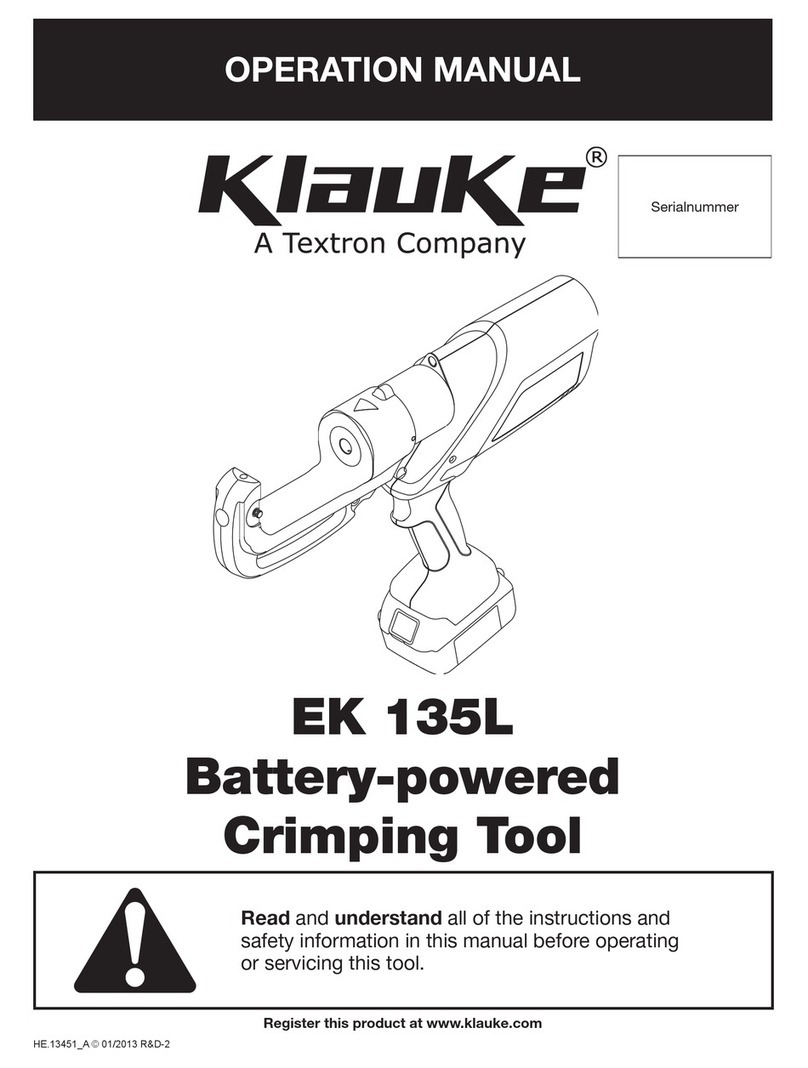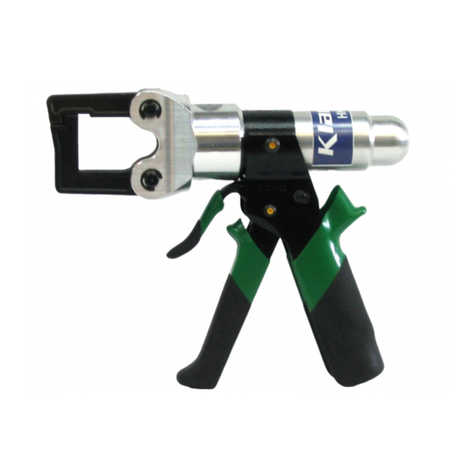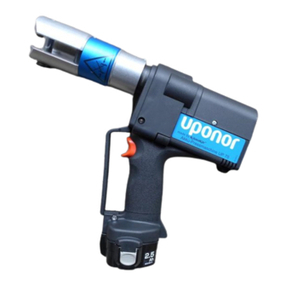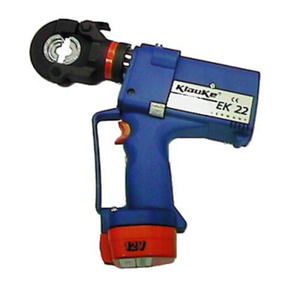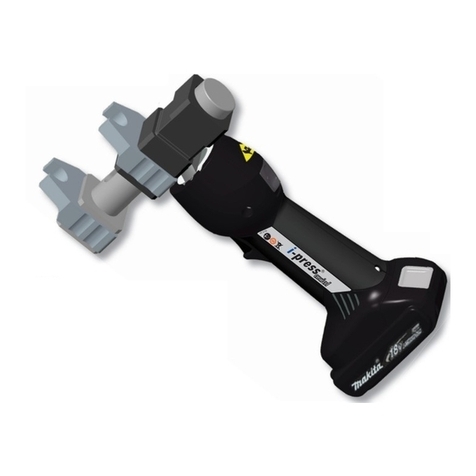tubular; cable lugs for switchgear connections
6 - 185 Cu,Cu, QS QS
Isolierte Rohrkabelschuhe und Verbinder
„Normalausführung“, Isolierte Stiftkabelschuhe
Insulated cable lugs and compression joints,
„standard type“, insulated pin terminals
10 - 95 IS, QS QS
Rohrkabelschuhe und Verbinder für feindrähtige Leiter
Tubular cable lugs and connectors for fine stranded conductors 10 - 50 F, QS QS
Rohrkabelschuhe und Verbinder für Massivleiter
Tubular cable lugs and connectors for solid conductors 1.5 - 16
Presskabelschuhe und Verbinder nach DIN - Cu (gelb chromatiert, Pressbreite 5 mm)
Compression cable lugs and connectors to DIN - Cu (chrome plated, crimping width 5 mm)
Presskabelschuhe (DIN 46235) und Verbinder
(DIN 46267, Teil 1) nach DIN - Cu
Copper compression cable lugs (DIN 46235) and
connectors (DIN 46267, part 1) acc. to DIN
6 - 185 Cu, QS,
DIN 46235 Kennzahl
Quetschkabelschuhe, Verbinder und Stiftkabelschuhe nach DIN - Cu (gelb chromatiert, Pressbreite 5 mm)
Solderless terminals, connectors and pin terminals to DIN - Cu (chrome plated, crimping width 5 mm)
Quetschkabelschuhe (DIN 46234), Verbinder (DIN 46341)
und Stiftkabelschuhe (DIN 46230) nach DIN - Cu
Solderless terminals (DIN 46234), connectors
(DIN 46341) and pin terminals (DIN 46230) to DIN
10 - 70 Cu, QS,
DIN 46234 QS
Isolierte Quetschkabelschuhe / Insulated solderless terminals 10 - 50 ISQ, QS QS
Hülsen für verdichtete Leiter und Sektorleiter - Cu (gelb chromatiert, Pressbreite 5 mm)
Sleeves for compacted conductors and sector shaped conductors - Cu (chrome plated, crimping width 5 mm)
Runddrückeinsätze für Al- und Cu-Sektorleiter
Pre-rounding dies for sector-shaped Al and Cu conductors
10sm-240se
/185sm
RU, QS, sm,
QS, sm --
Presskabelschuhe und Verbinder nach DIN - Al (blau verzinkt, Pressbreite 7 mm)
Compression cable lugs and connectors to DIN - Al (blue zinc, crimping width 7 mm)
Presskabelschuhe und Verbinder nach DIN - Al
Aluminium compression cable lugs and connectors to DIN - Al 10 - 185
Al, QS Kennzahl
Pressverbinder für zugfeste Verbindungen von Aldrey-Seilen nach
DIN EN 50182, Al-Leiter DIN EN 50182, 120-185 mm²
Compression joints for full-tension connections of Aldrey conductors
acc. to DIN EN 50182, Al-conductors DIN EN 50182, 120-185 mm²
25 - 95
Presskabelschuhe und Verbinder - Al/Cu
Compression cable lugs and connectors - Al/Cu
Presskabelschuhe und Verbinder - Al/Cu
Compression cable lugs and connectors - Al/Cu 10-185
Klemmen und Schraubverbinder (gelb chromatiert, Pressbreite 5 mm)
Clamps and screw connectors (chrome plated, crimping width 5 mm)
Abzweigklemmen C-Form / C-clamps 4 - 50 C, QS --
Aderendhülsen (gelb chromatiert)
Cable end-sleeves (chrome plated)
Aderendhülsen / Cable end-sleeves 10 - 95 AE, QS --
Zwillings-Aderendhülsen / Twin cable end-sleeves 2 x 4 -2 x 16 AE, 2xQS --
Aderendhülsen, für ausgedünnte („verdichtete“) feindrähtige Leiter
Cable end sleeves, for „compacted“ fine fine stranded conductors 10 - 95 AE, QS --
Zwillings-Aderendhülsen, für ausgedünnte
(„verdichtete“) feindrähtige Leiter
Twin cable end sleeves, for „compacted“ fine
fine stranded conductors
2 x 4 -
2 x 16 AE, QS --
Schneideinsatz / Cutting die Ø 18 mm
QS = Querschnitt/Cross-section; IS = isolierte Rohrkabelschuhe/ pre-insulated tubular cable lugs;
F = feindrähtige Leiter/ compacted fine str. conductors; ISQ = isolierte Quetschkabelschuhe/ pre-insulated tubular cable lugs;
RU = Runddrückeinsätze/ pre-rounding dies; sm = Sektorleiter mehrdrähtig/ multistranded conductors; AE = Aderendhülsen/ wire ferrules
Bitte beachten Sie bei der Verpressung von Verbindern die Einschränkungen im technischen Anhang unseres Kataloges!
Please observe the restrictions in the technical index of our catalogue when crimping connectors!
HE.13423_B © 09/2010
